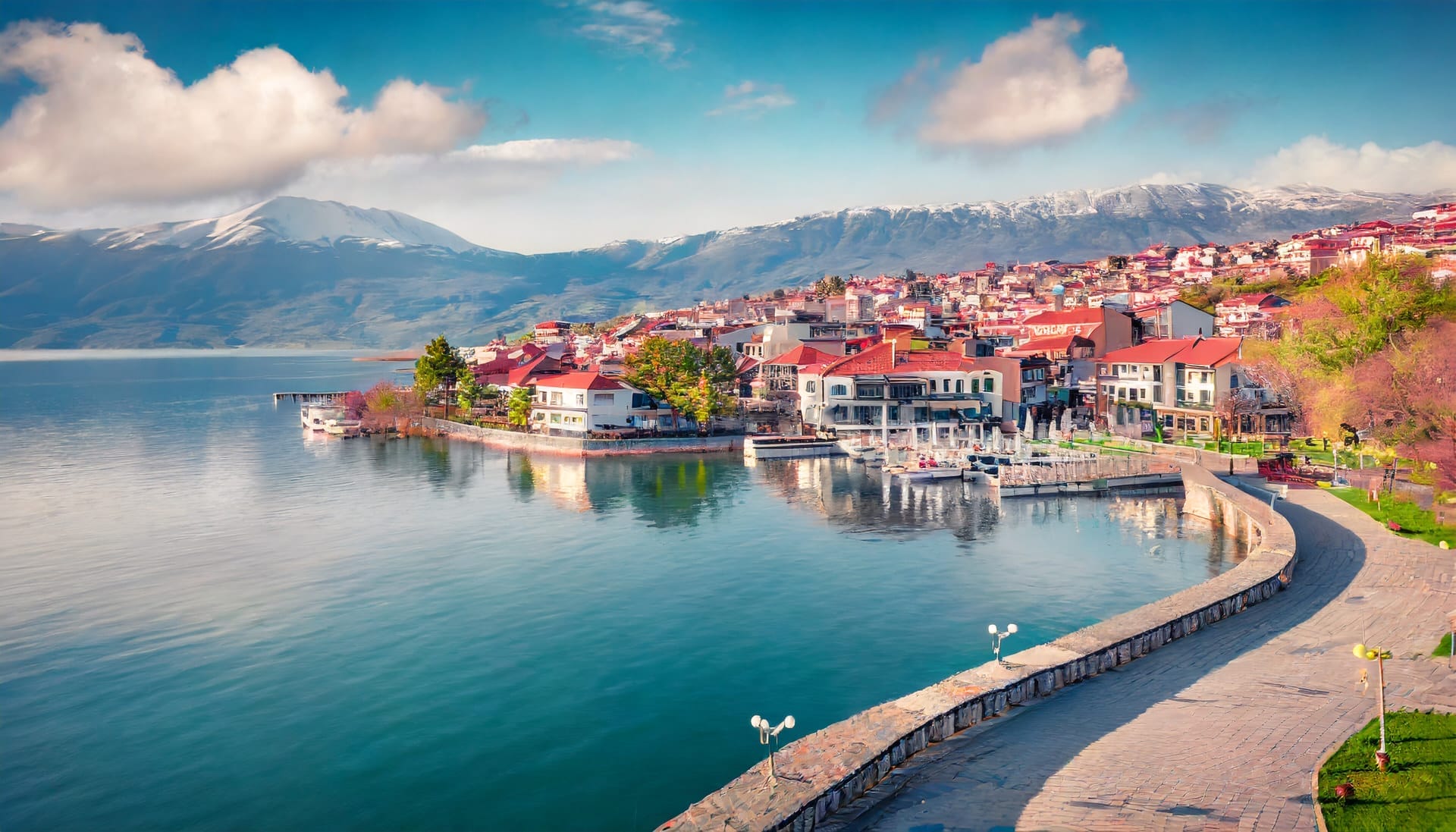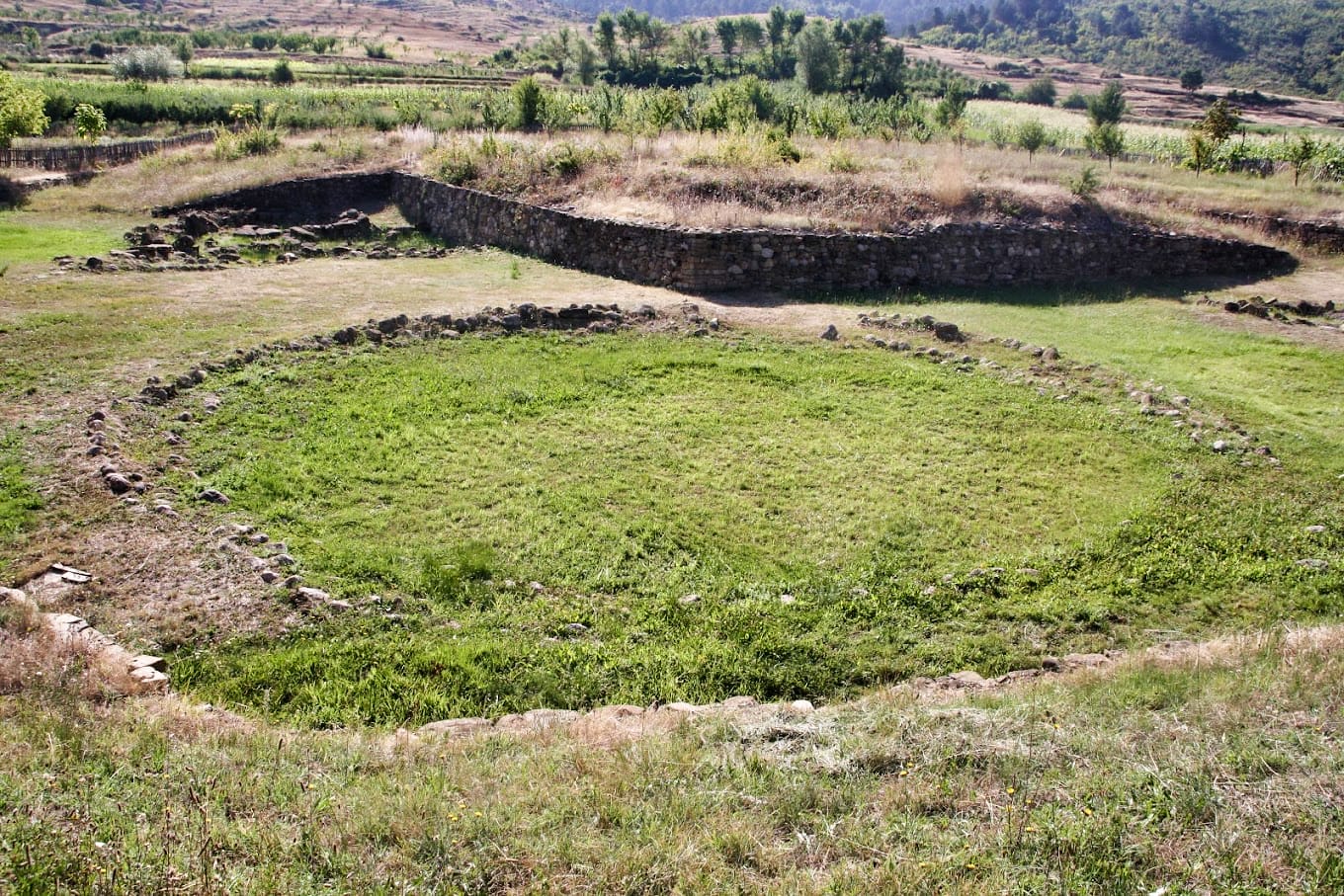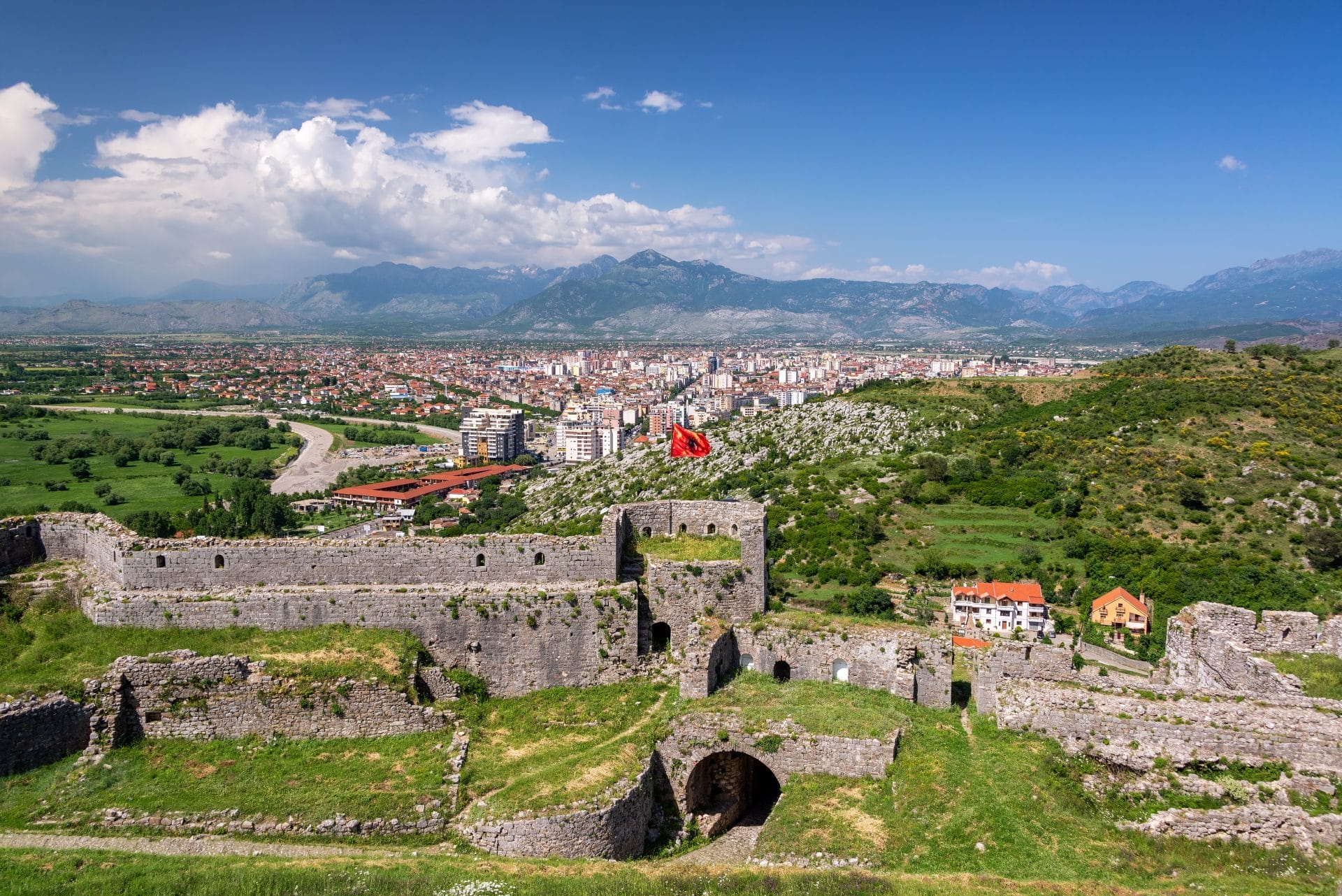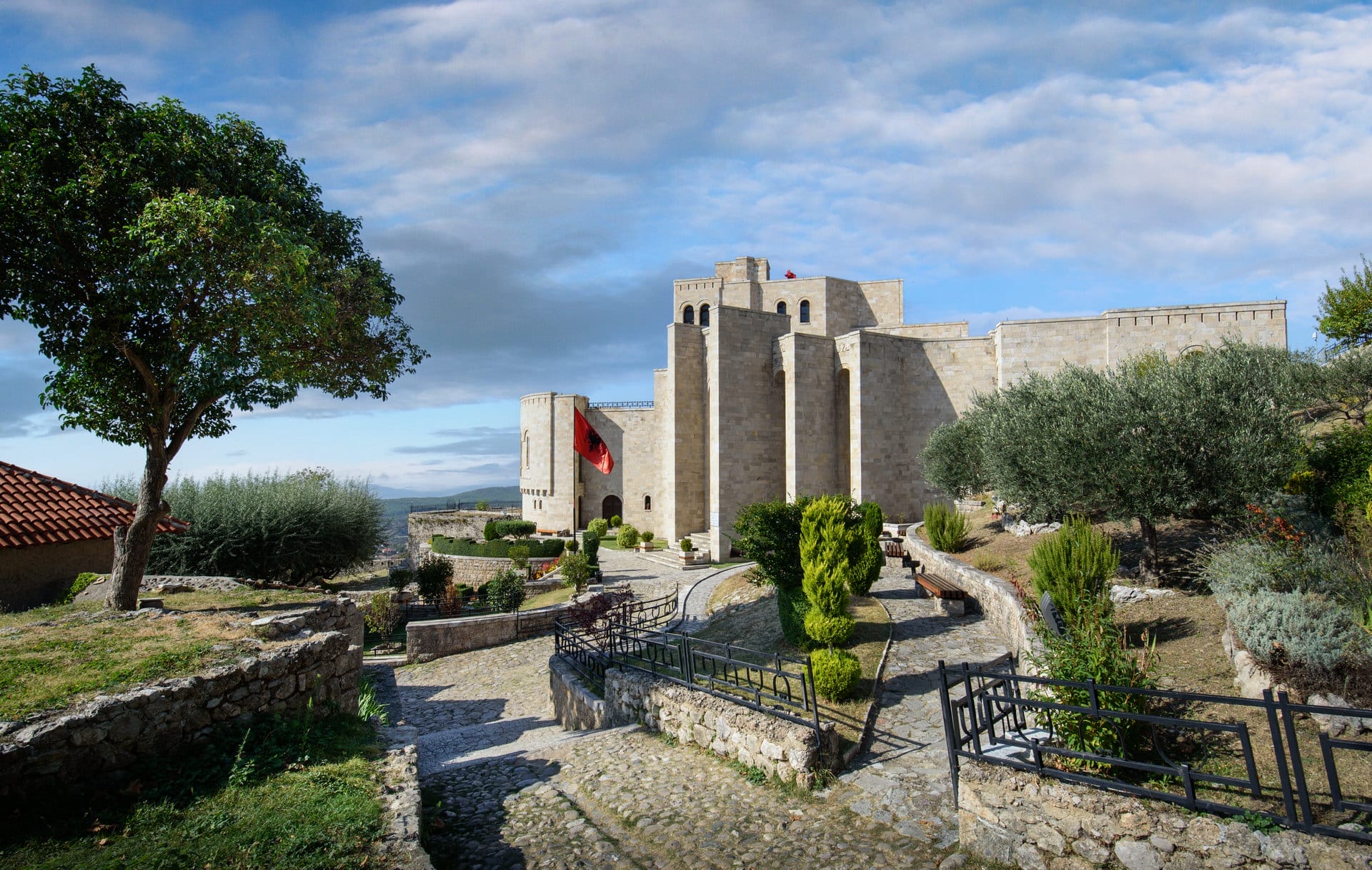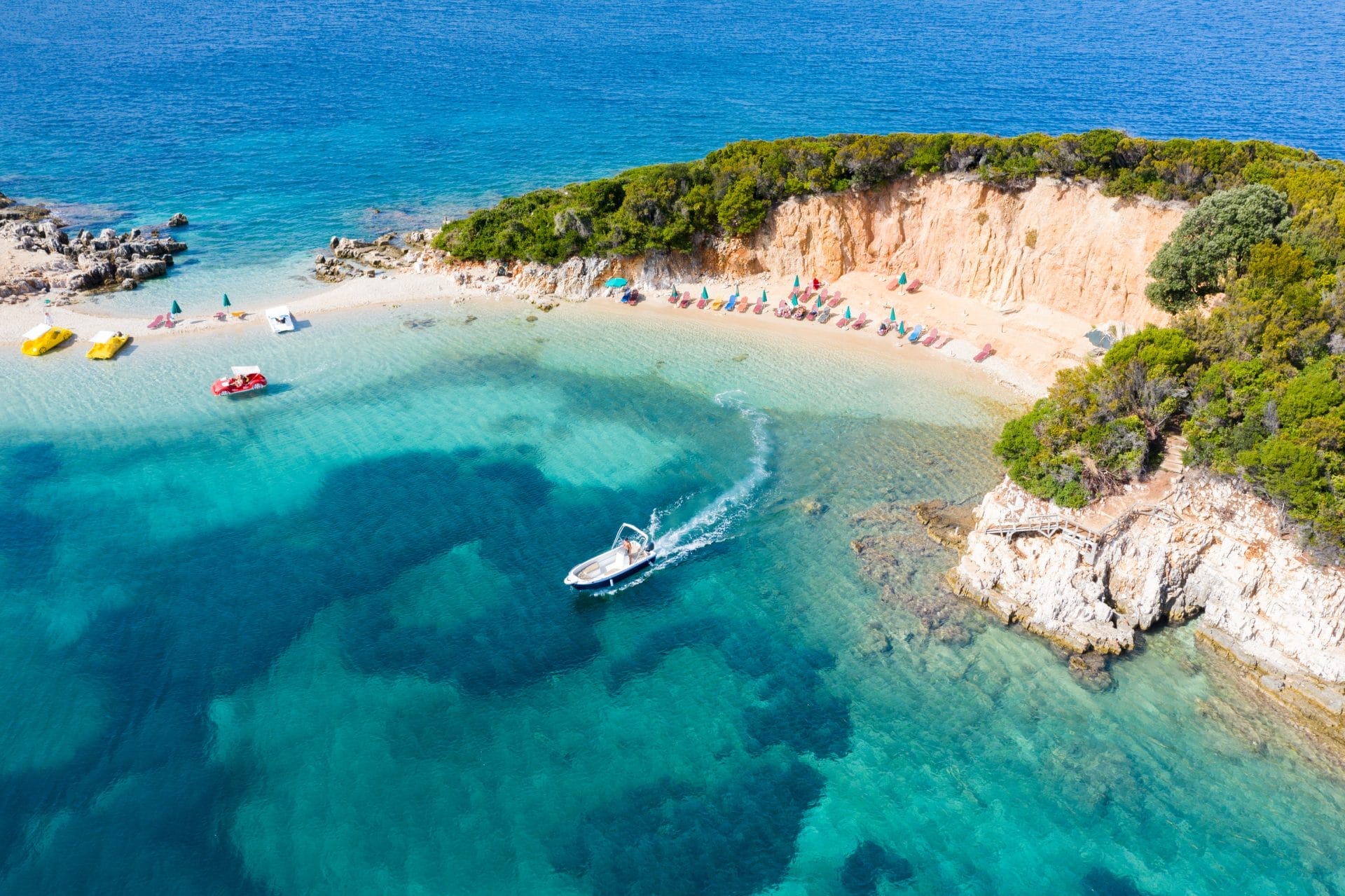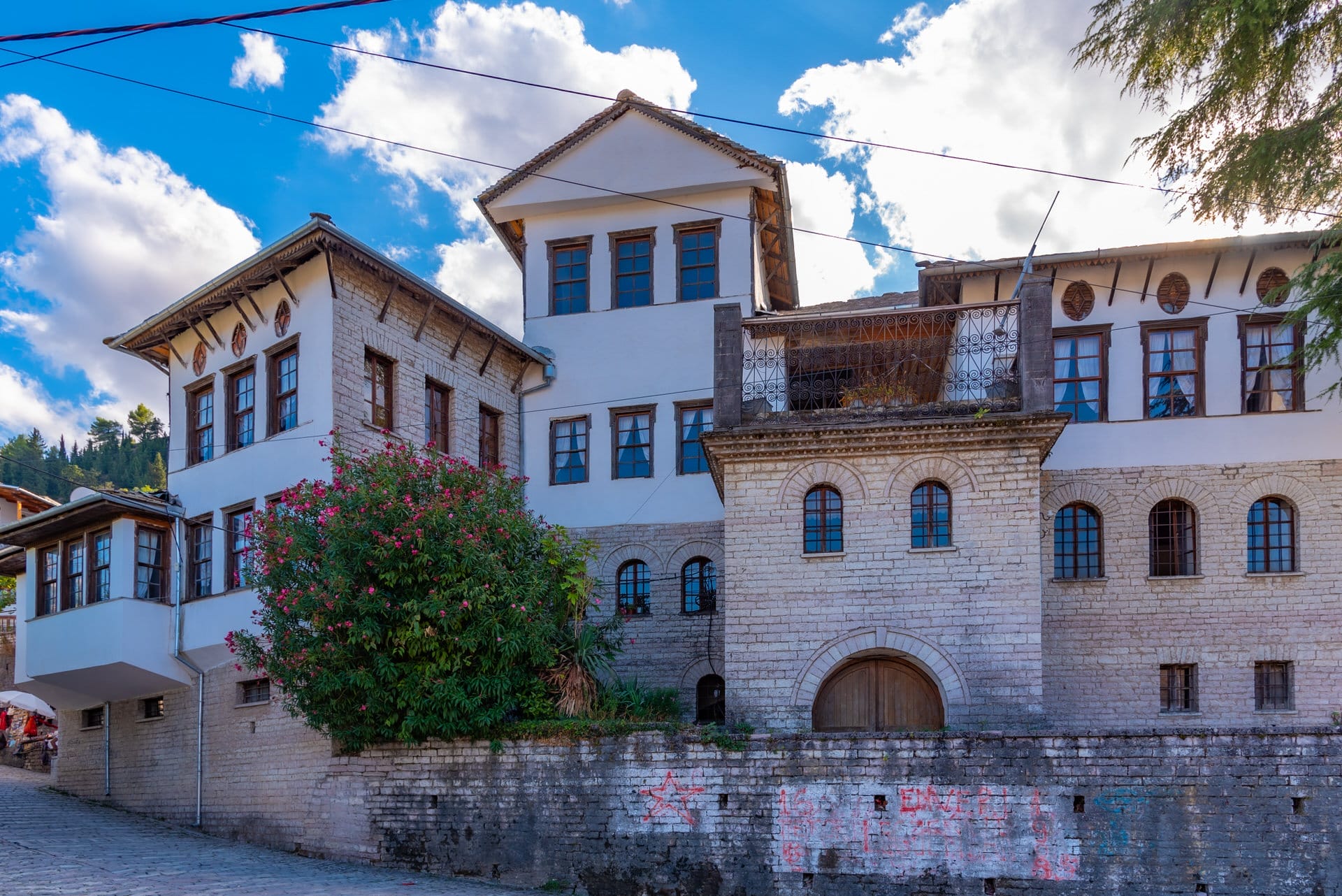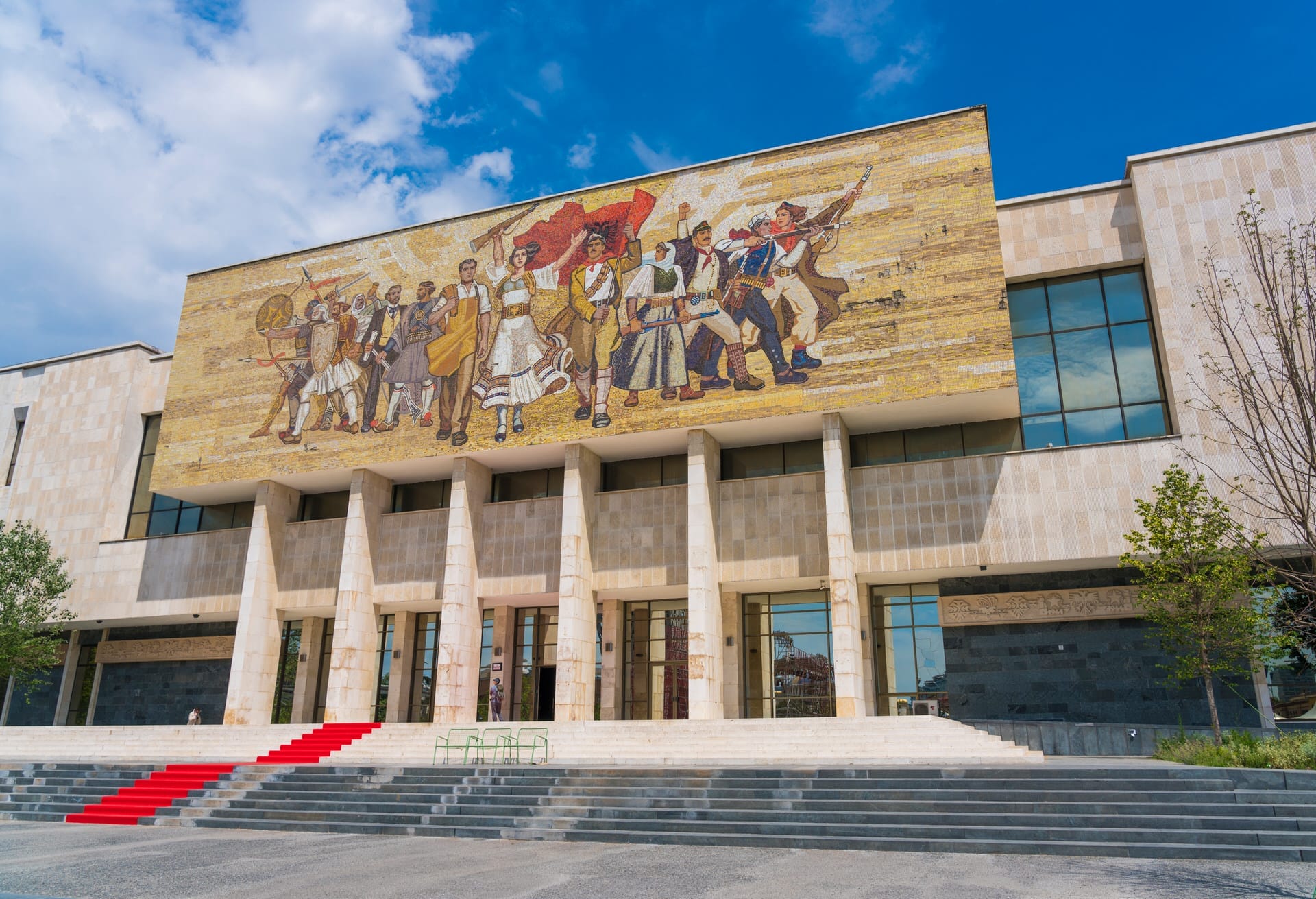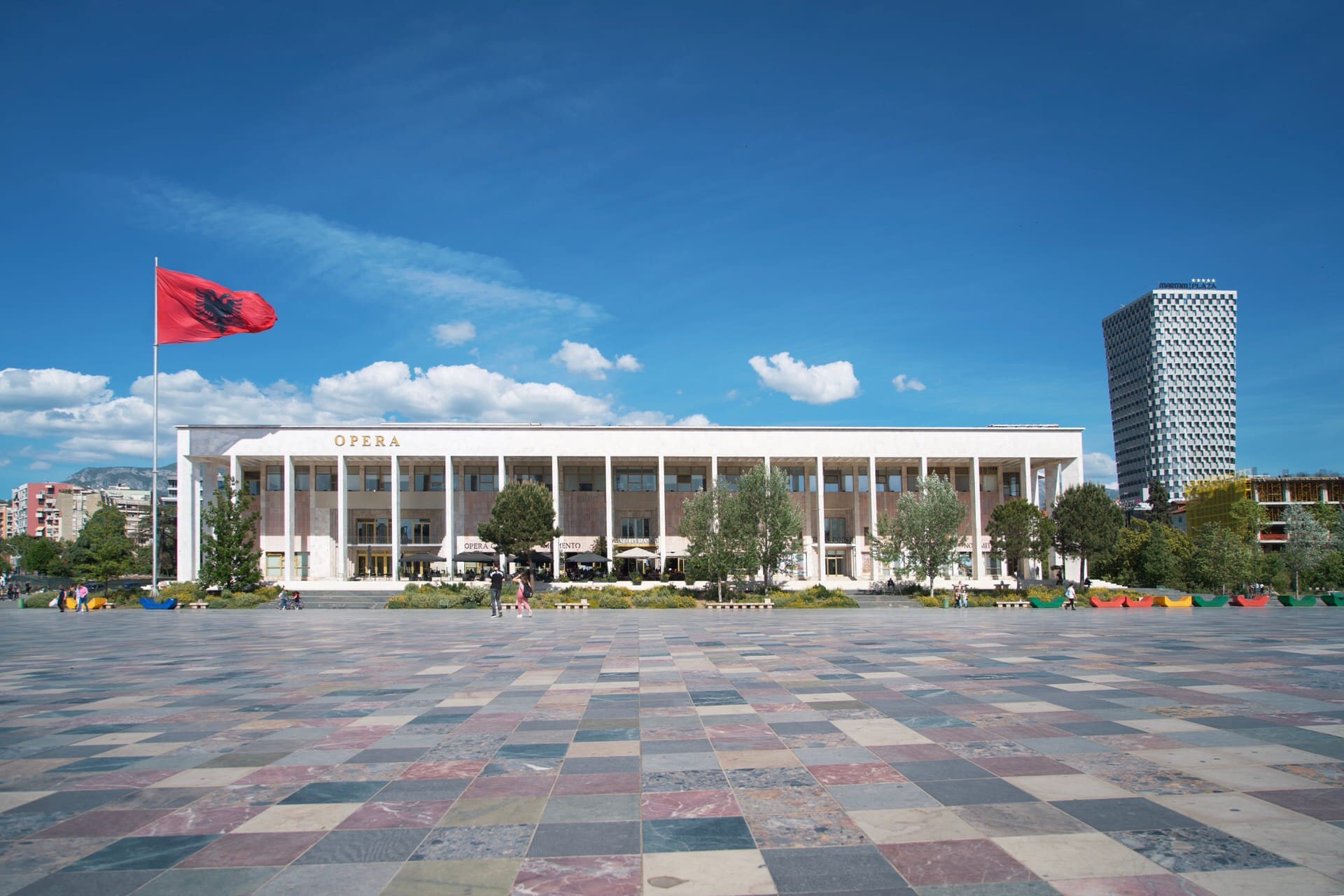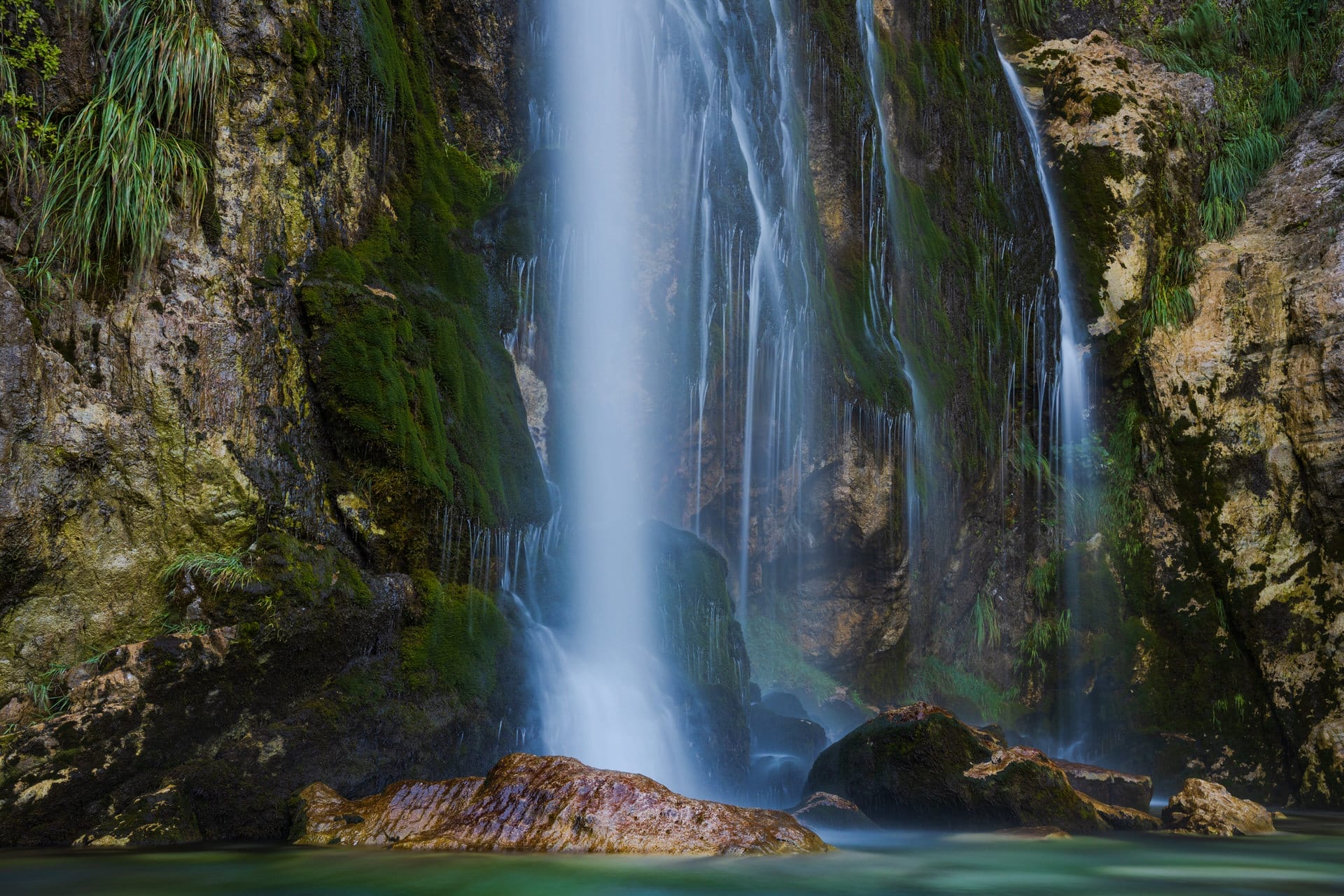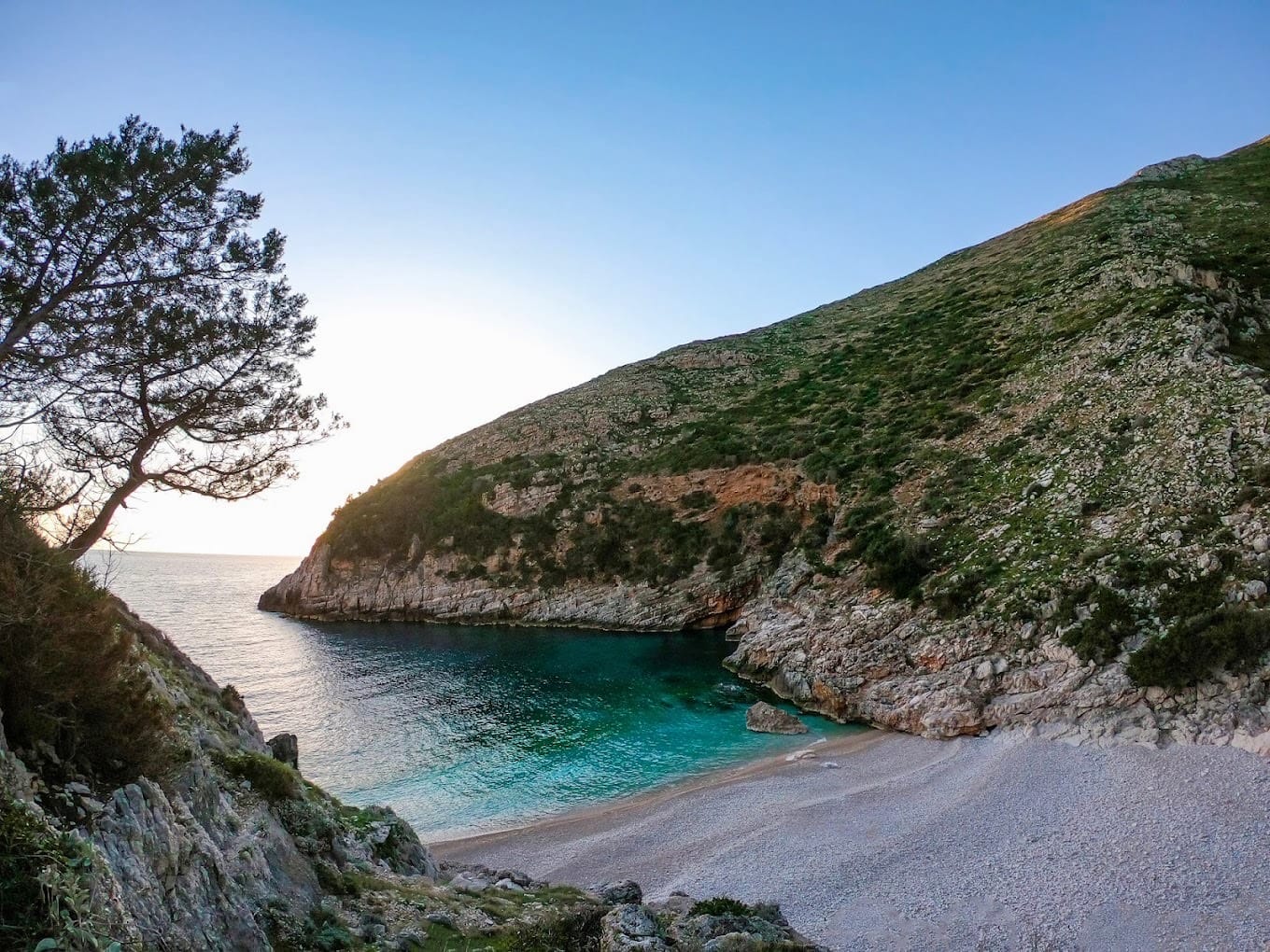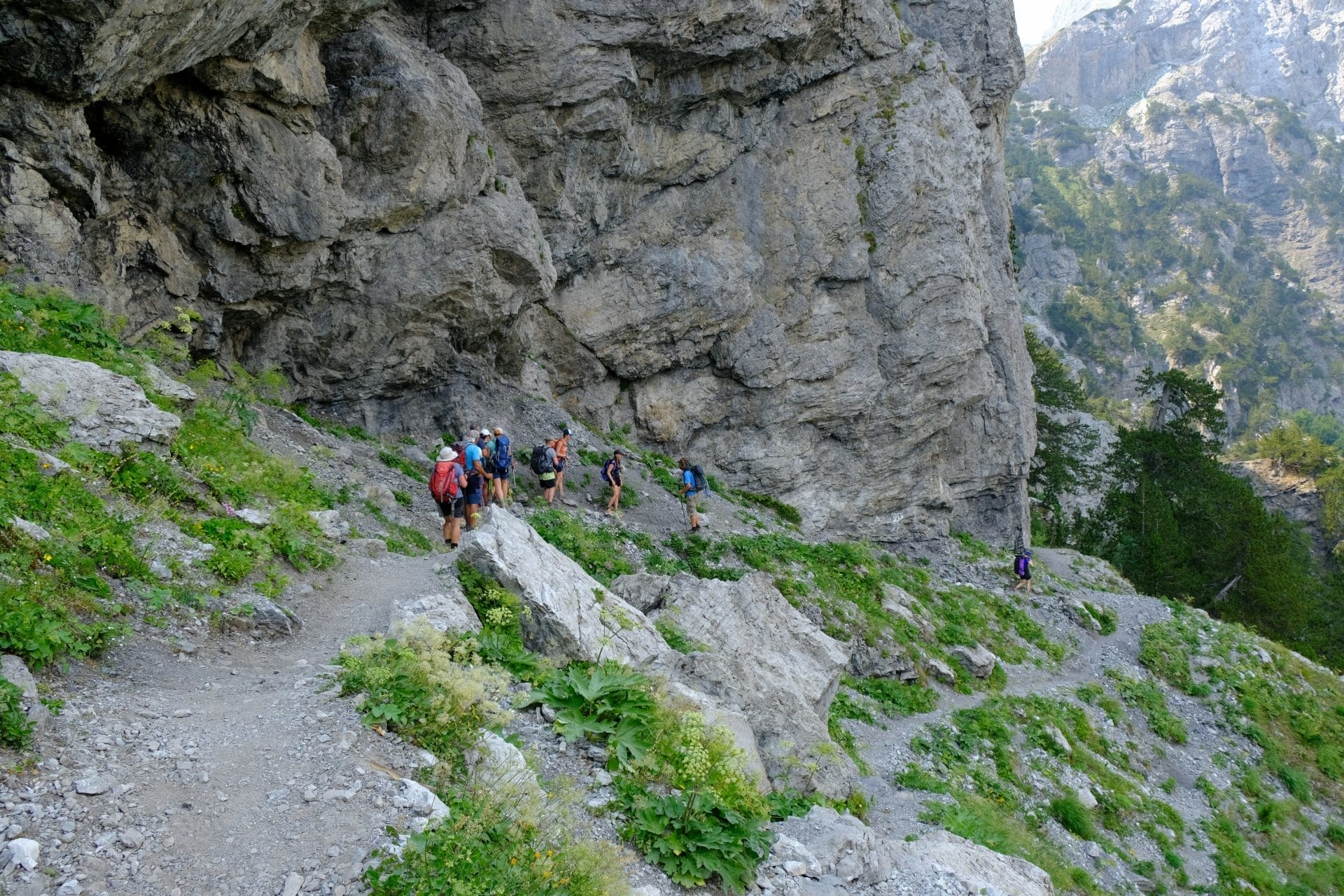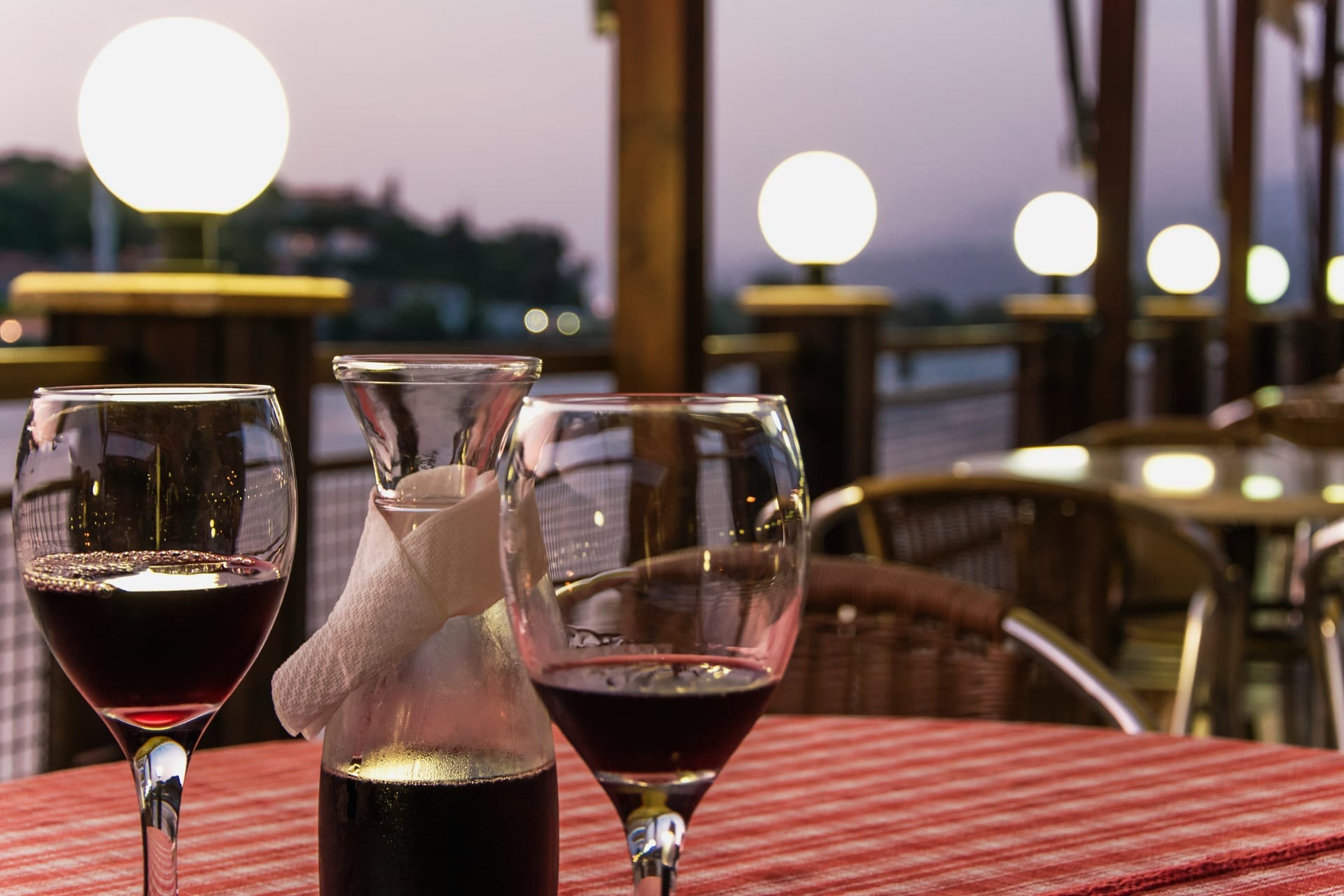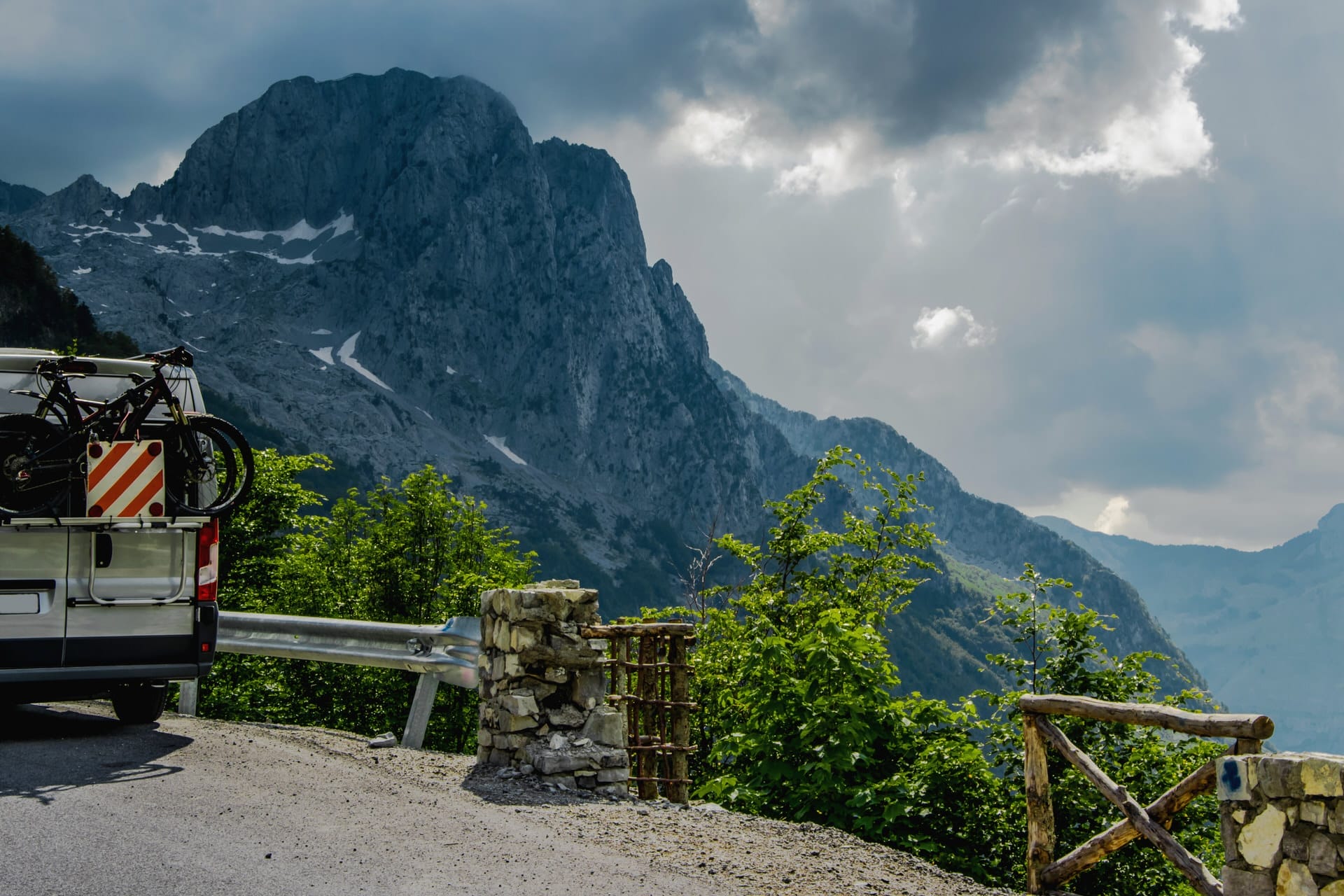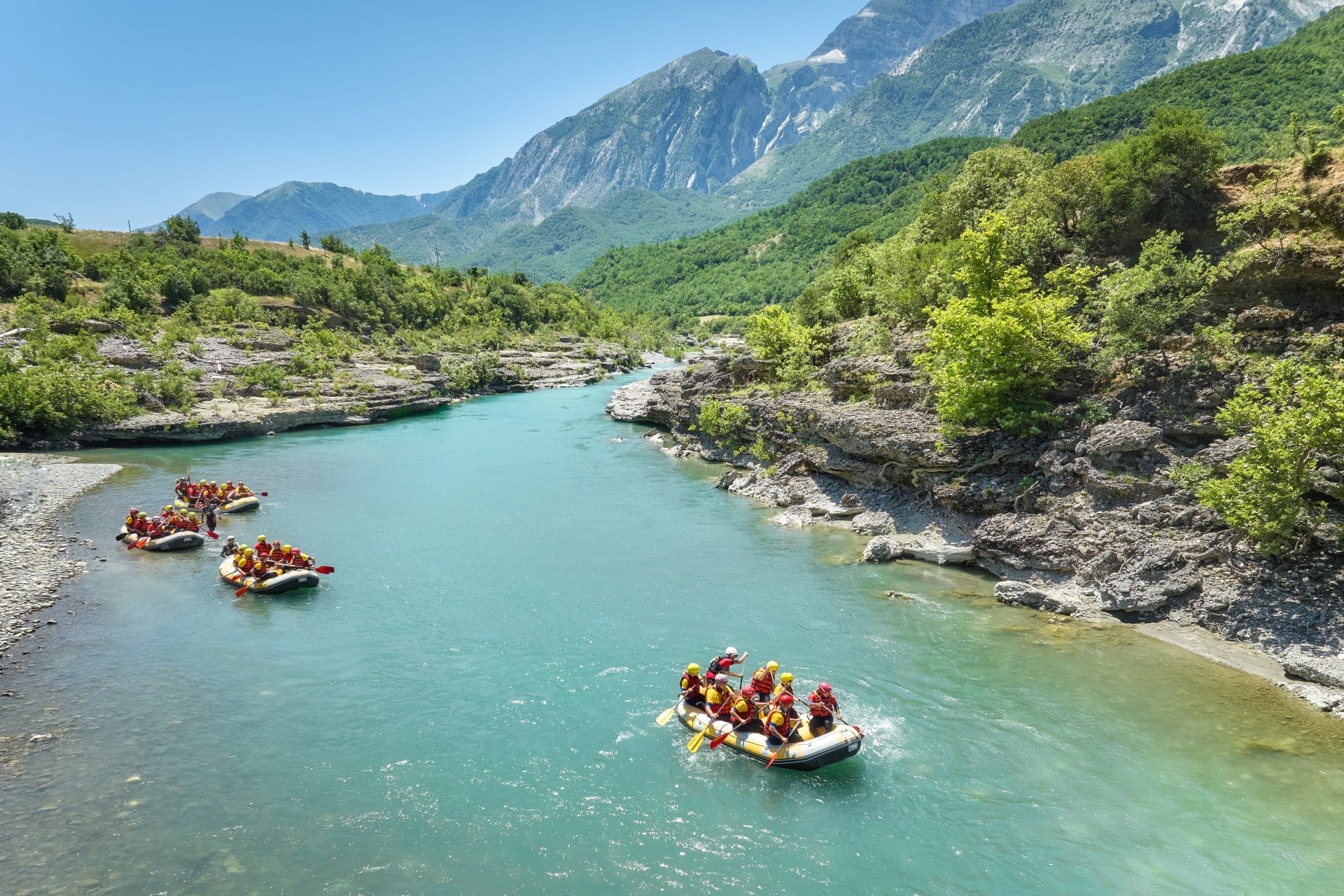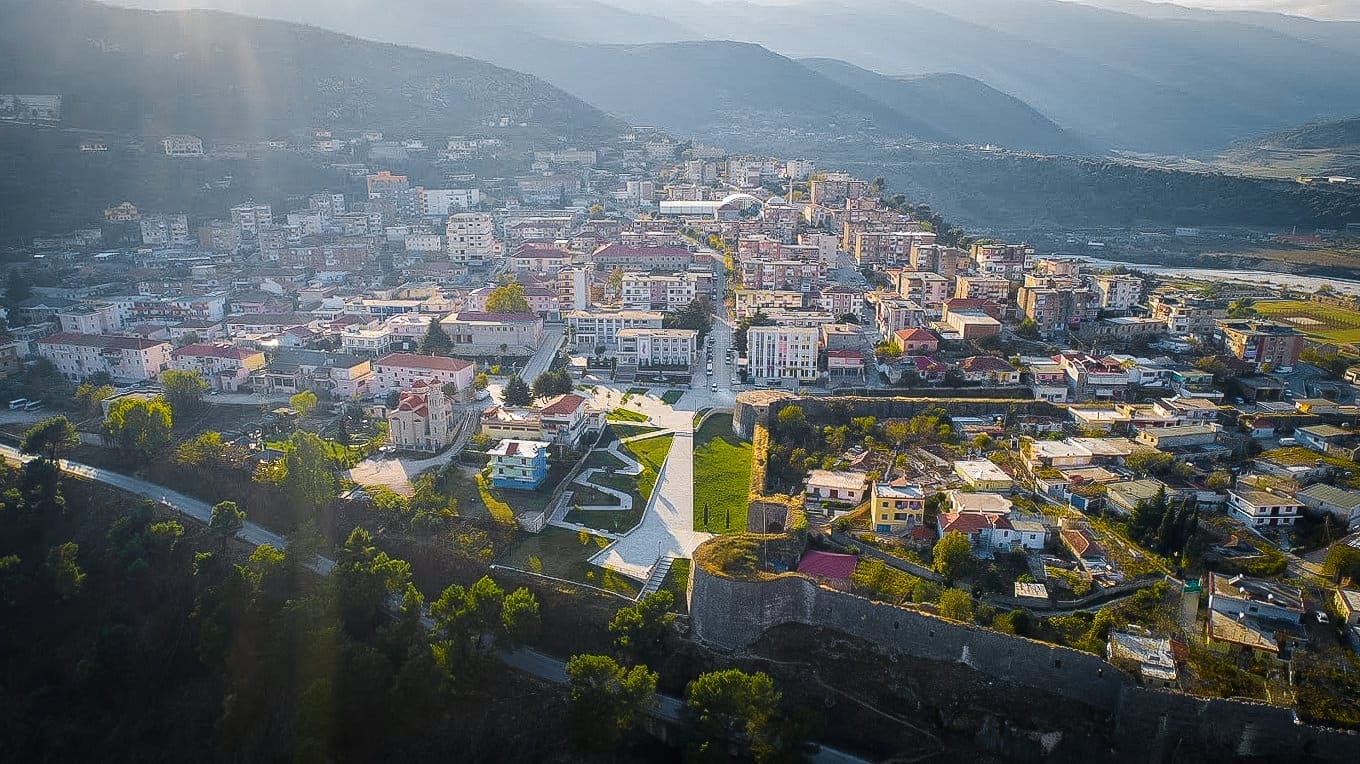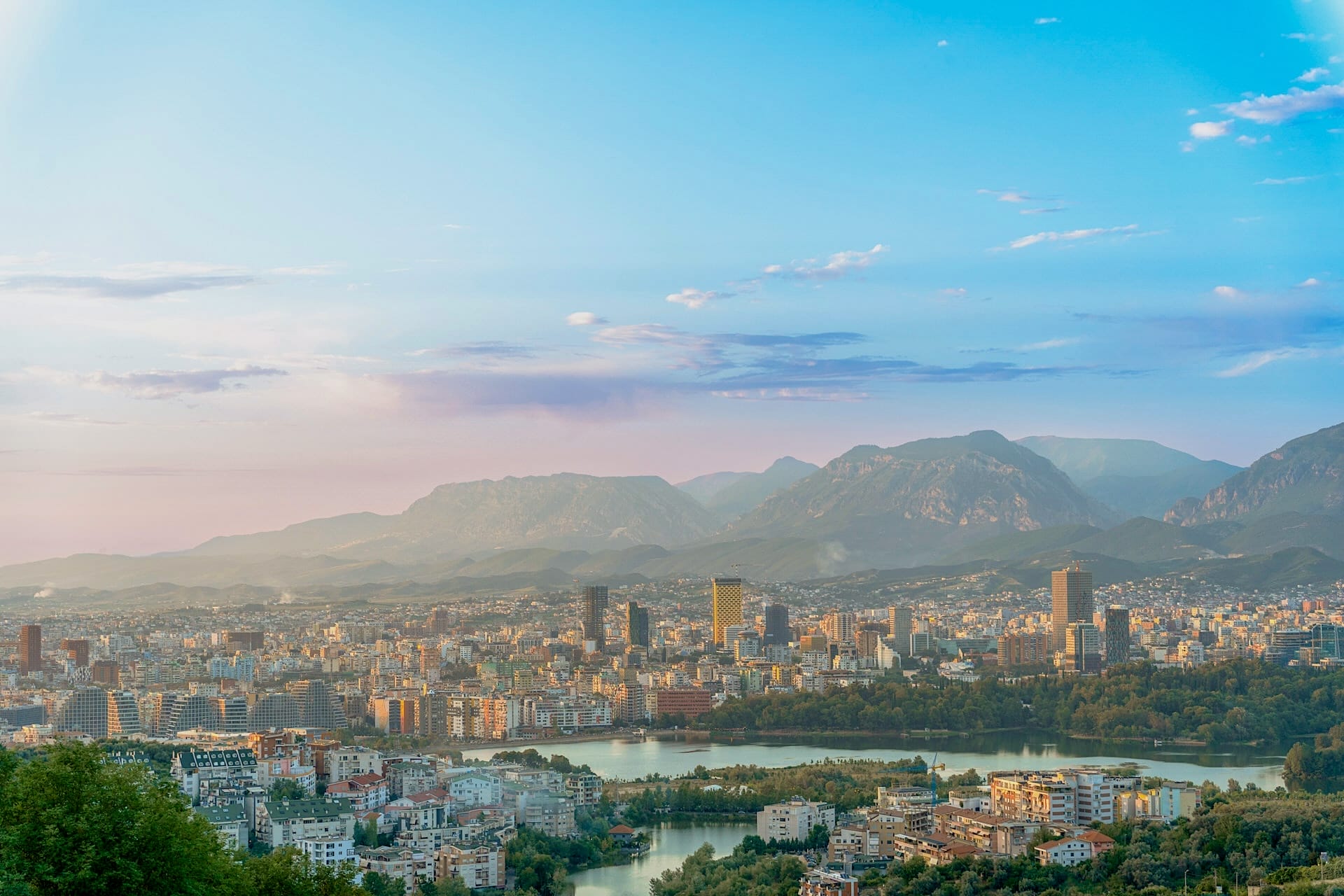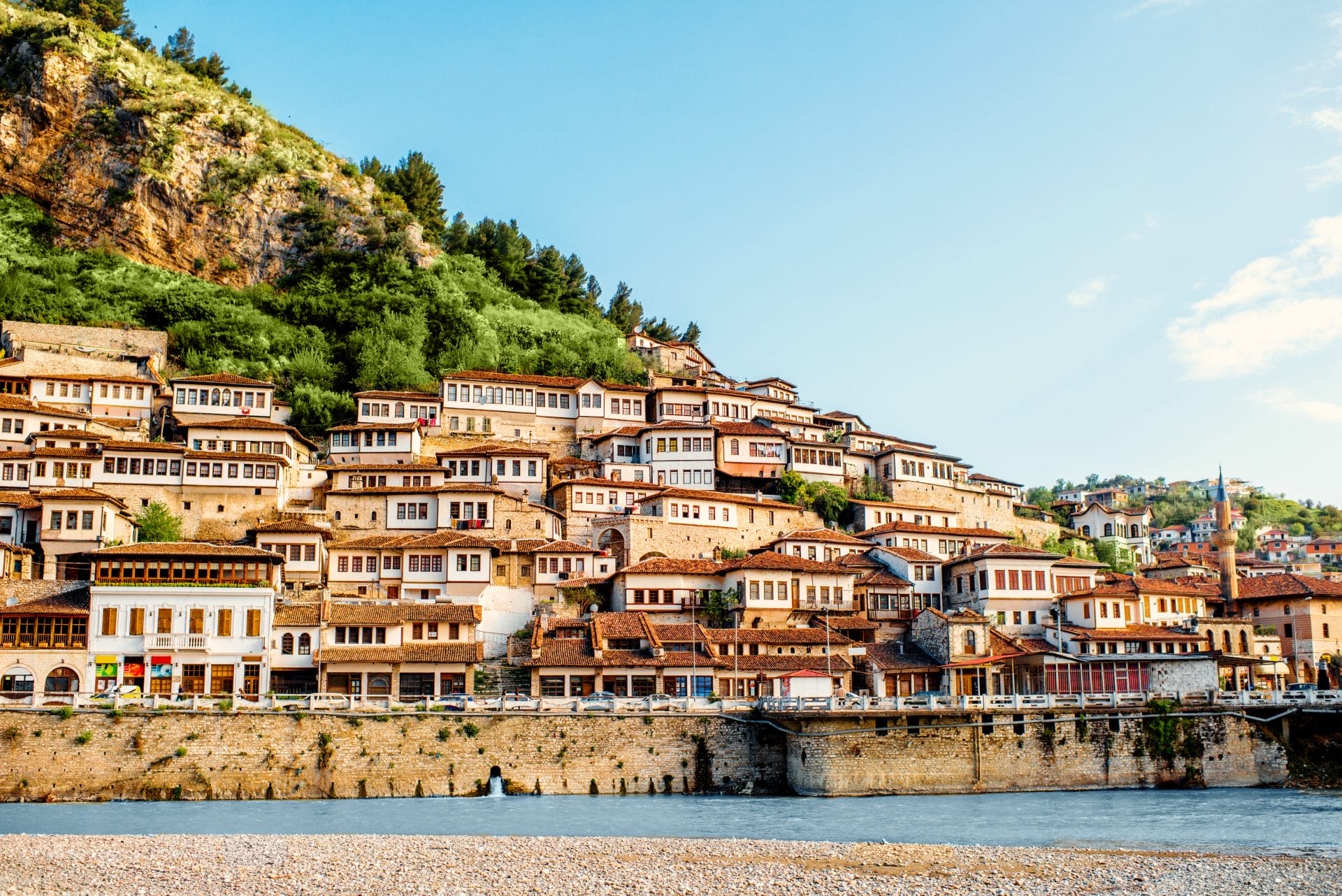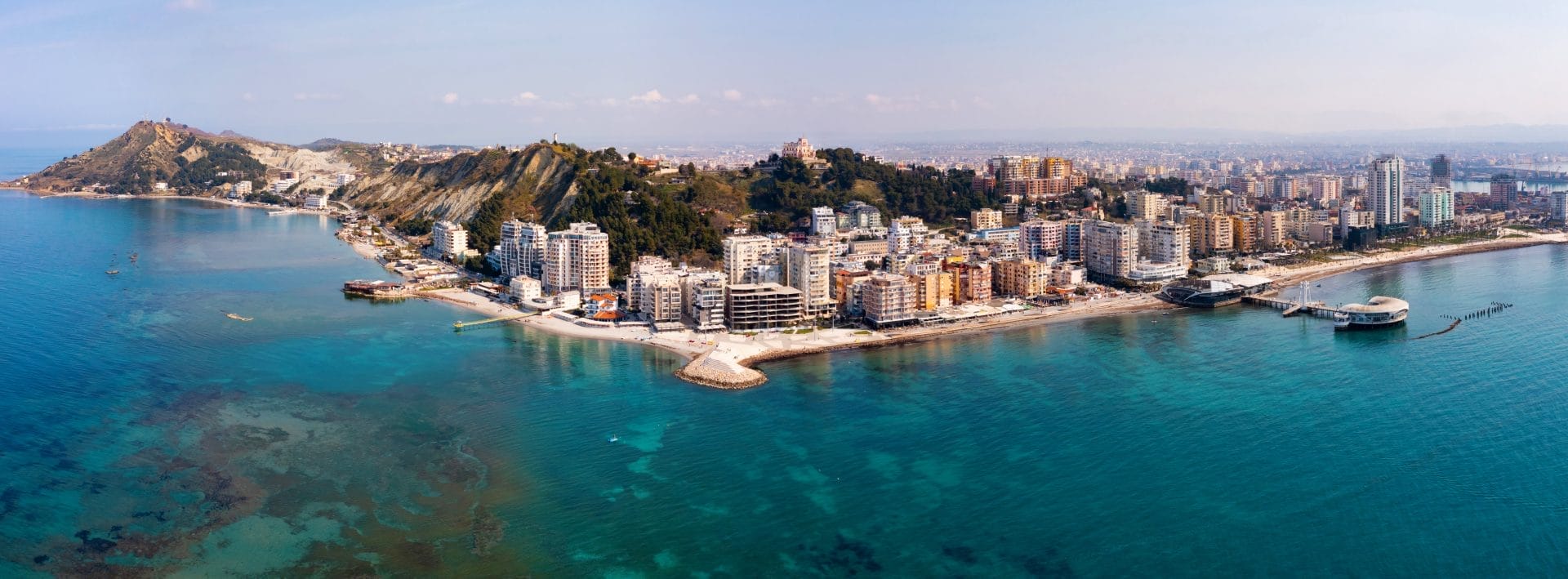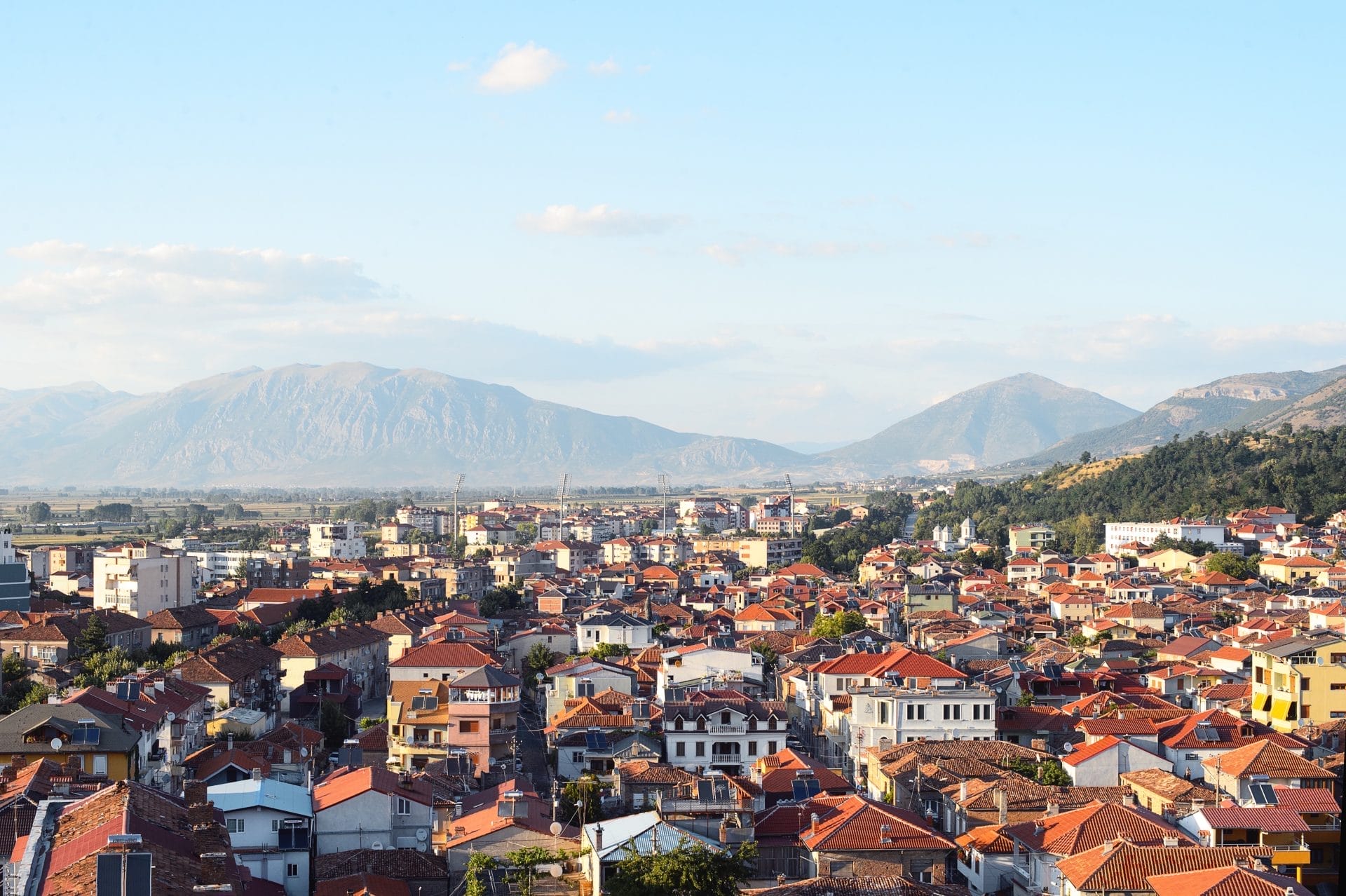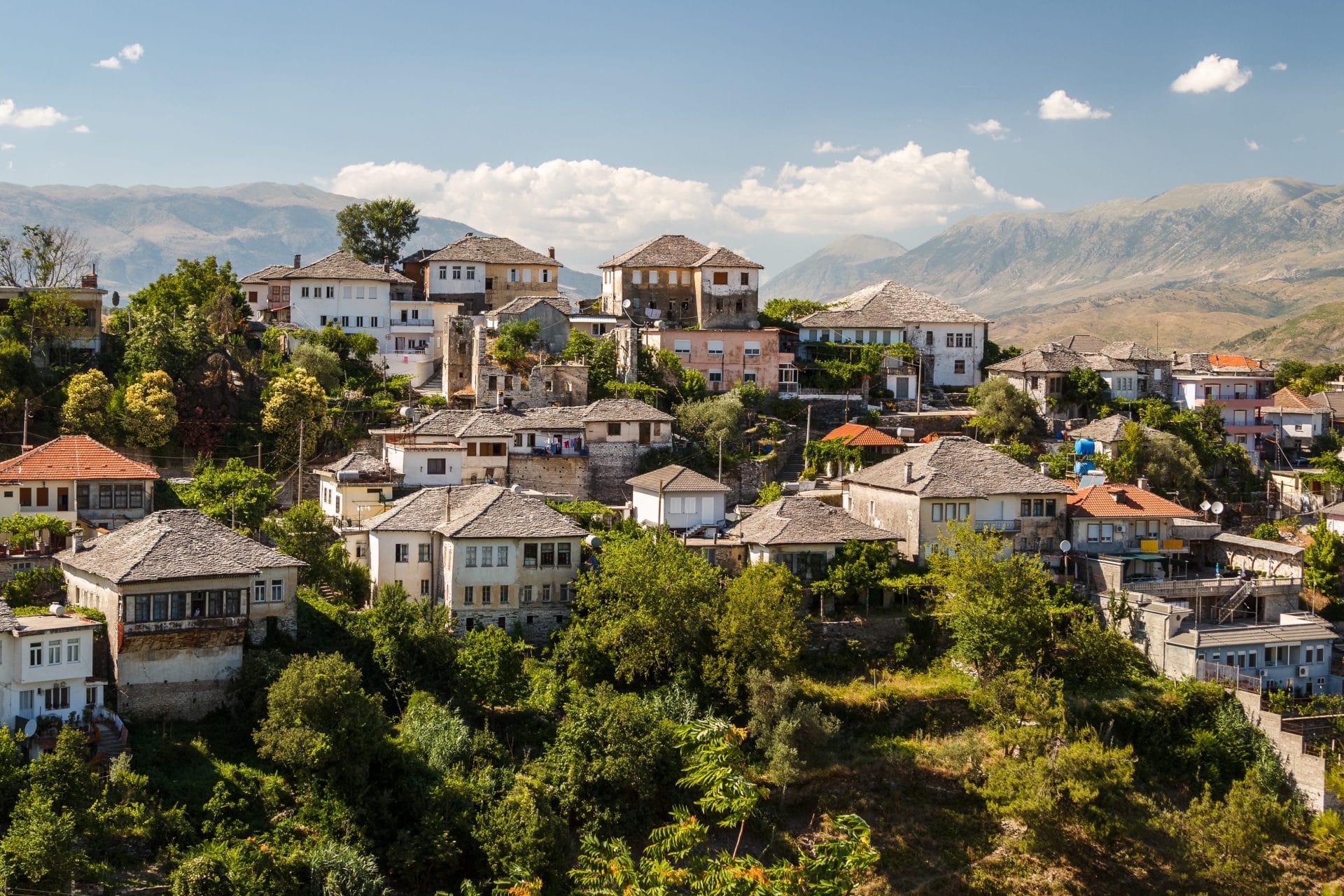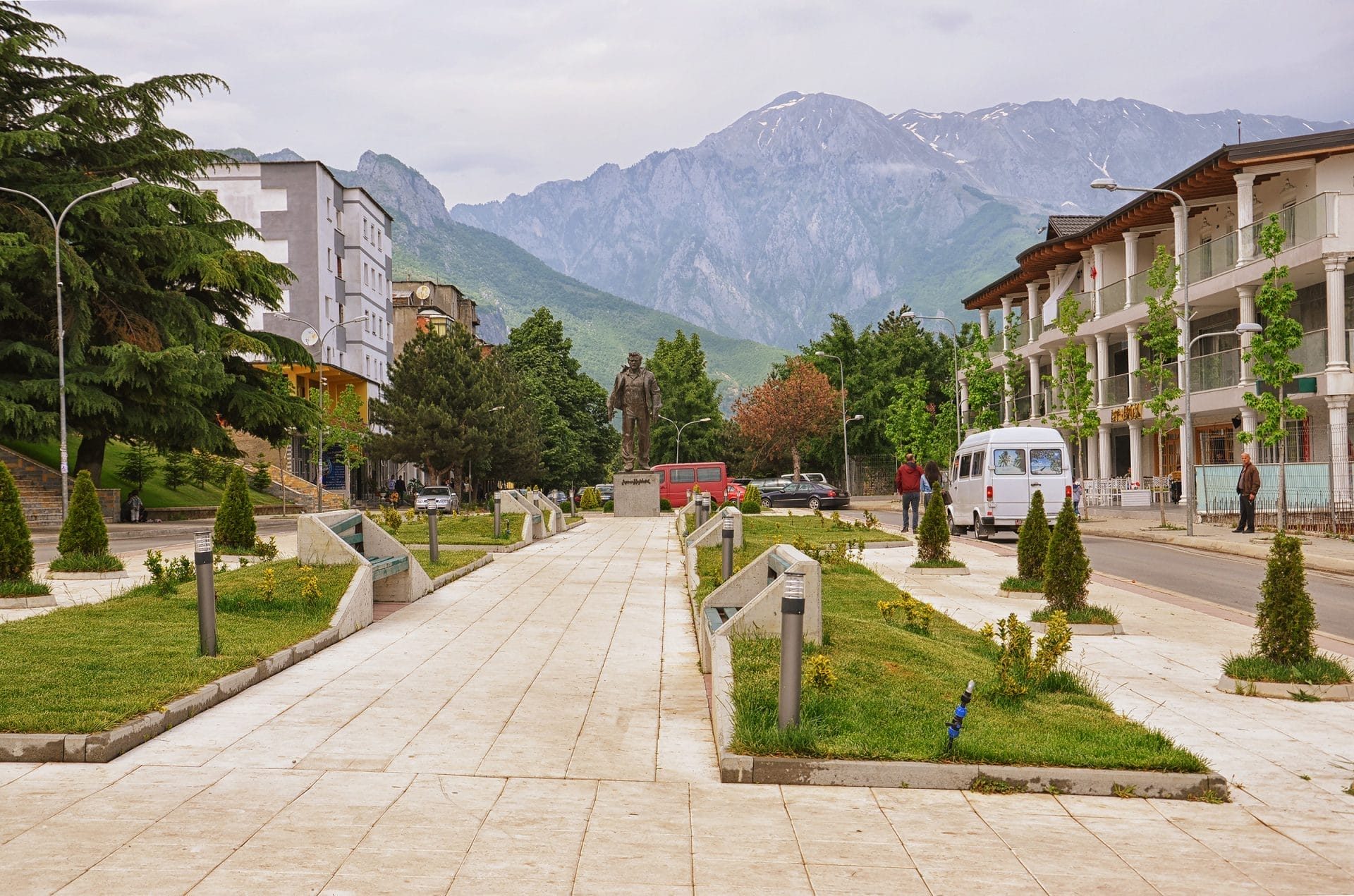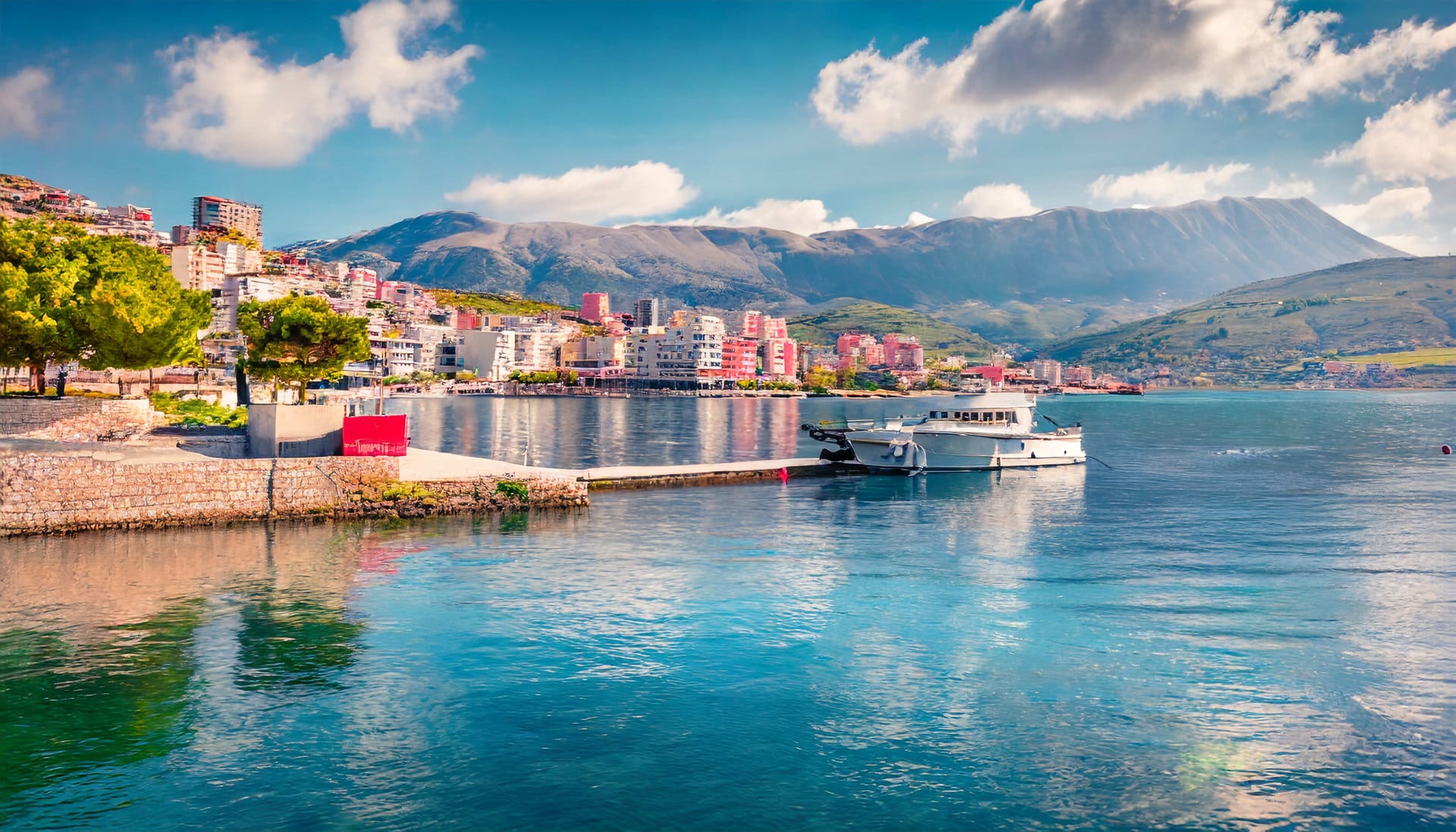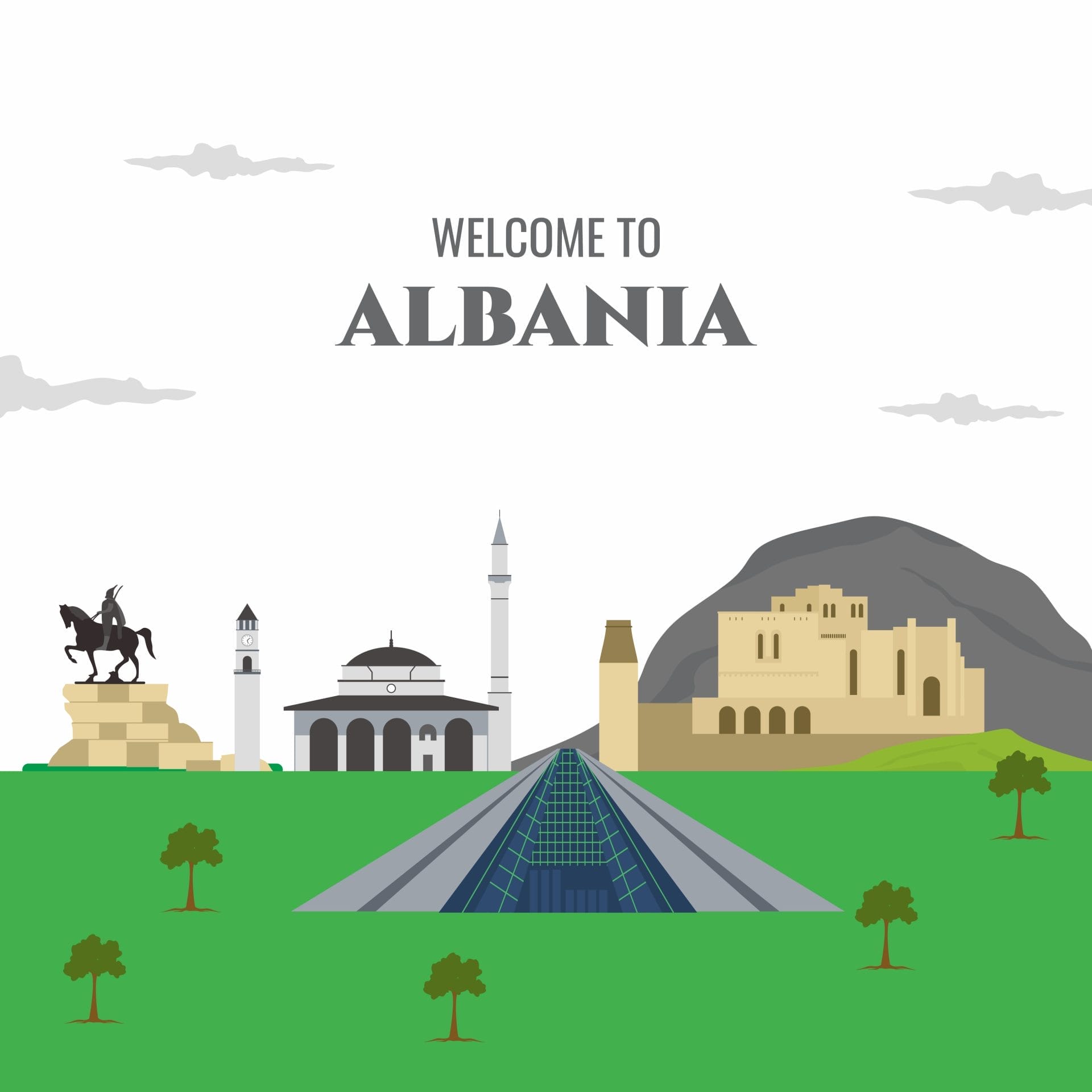
Immerse Yourself in Albania’s Historic Lake Ohrid Region
Nestled within the mountain highlands spanning southeast Albania and southwest North Macedonia lies one of Europe’s most unique water basins – the transboundary Lake Ohrid. Recognized as a UNESCO World Heritage Site, the scenic freshwater lake offers biologists a window into ancient flora and fauna now extinct across the continent. At the same time, astronomers admire unobstructed night skies ideally positioned far from light pollution.
Yet the stunning blue expanse framed by the Galicica mountain range beckons outdoor enthusiasts today, much like religious pilgrims journeying to medieval monasteries centuries prior. Ohrid remains the crown jewel anchoring tourism in both nations thanks to abundant natural splendor and heritage, still profoundly shaping regional identity back to Philipp II of Macedon, father of Alexander the Great, who established the first settlements around its shores in 353 BC.
Diverse Cultural Influences Over Millennia
Evidence of human activity around Lake Ohrid dates to the Paleolithic Era, making it one of the oldest continuously inhabited regions spanning Europe and the Near East. Populations centered around its freshwater, critical trade routes, and abundant fishing opportunities across advancing civilizations from Roman conquests, Byzantine religious conversions, and Albanian tribal principalities through the peak of Ottoman expansion and Yugoslav communism into present-day independence.
This rich, unbroken history practically jumps off the landscape through sites like the UNESCO-honored St. Naum Monastery, still guarding the lake’s mysterious southern fingers leading out towards its only drainage point. Or black volcanic sailboats hand-built using ancient Illyrian design principles still hauling bountiful catches of endemic koran fish best-grilled waterside — just as Macedonian dynasties and humble fishermen have done for eons.
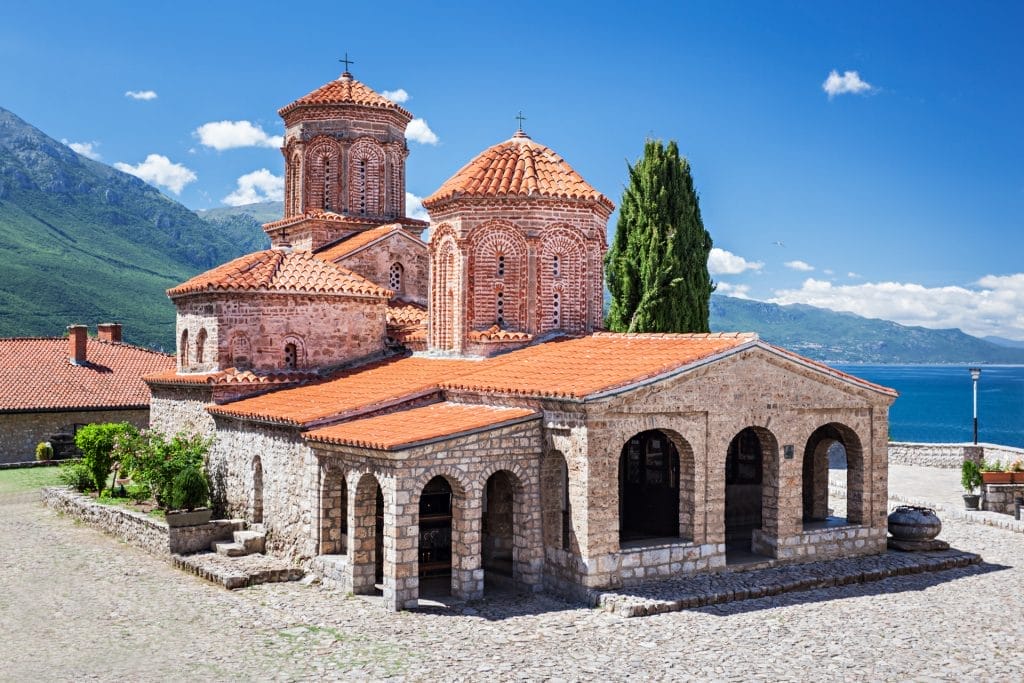
Pogradec – Base for Exploring Albanian Ohrid
On the southeastern Albanian shores, Pogradec provides the ideal home base to uncover Ohrid’s compelling heritage and outdoor adventures. Its immaculate lakefront strand and promenade filled with restaurants, hotels, and cafes offering spectacular constant views across transparent waters make lingering in town enjoyable before touring further afield. The city museum makes an essential stop for visualizing Pogradec’s story through archaeological discoveries, religious artifacts, ethnographic heritage, and communist legacies.

Day trips venture south to the UNESCO-honored Lin Peninsula, jutting towards North Macedonia, where early medieval foundations of the ‘Church of Virgin Mary’s basilica remain undergoing restoration. Or catch a shuttle bus less than 10 miles north of town to the sprawling ruins of Drilon leisure complex and Tushemisht sandy beach, Albania’s most popular lakeside summer escape packed with pedalos, jet skis, beach clubs and floating snack bars for families and groups.

Holiday-goers wanting to detach from more crowded shores find solace in the peaceful old town of Gorica, seemingly frozen in time for a laid-back alternative to enjoy Ohrid’s charms. Only there may one still witness fishermen hauling aluminum boats ashore by horse cart to deliver the fresh catch into a fish market that has little changed for decades.
Outdoor Activities Abound
Beyond historical sightseeing, Lake Ohrid thrives as a recreational wonderland, satiating almost any outdoor appetite when visiting between spring and autumn.
The lake spans nearly 145 square miles yet reaches astounding maximum depths nearing 950 feet supplied by dozens of underwater karstic springs. Such voluminous pristine waters make swimming and snorkeling joyful pursuits from any undefined stony beach or wooden dock — watch young children cannonballing in from the centuries-old Poro Pier at the center of Pogradec’s promenade.
Dedicated scuba divers plunge deeper to explore submerged cave systems and curiosities like the iconic ‘Underwater Cross’ moored below monastery ruins. Seemingly endless comblines allow laid-back paddling past compact waterfront villages where time moves slowly. Above, paragliders catch thermals rising from the boggy edges along Lin Peninsula for unrivaled sightlines across two nations and crumbling fortifications still notating controversial old boundaries.

Natural Habitats Require Vigilance
Sediment depths over 500 feet thick on Lake Ohrid’s floor hold astounding evolutionary secrets explaining its UNESCO inscription. Over 200 endemic species live nowhere else on Earth — including microorganisms, snails, 17 types of native fish, and even the iconic (and tasty) Koran trout plucked daily by local fishermen. Protecting such delicate biodiversity requires thoughtful safeguards Albania struggles to implement around rampant tourism development.
Collaboration with North Macedonia’s more stringent top-down regulations aims to reduce contamination threats from untreated sewage, agricultural runoff, and overfishing stressed ecosystems. Pogradec has joined the international ‘Ohrid SOS’ campaign to curb pollution while championing area wetlands as preservation buffers that provide habitat for migrating birds and filter incoming flows.
Find Inspiration on the Emerald Lake’s Serene Shores
Luminaries like Roman philosopher Diogenes have wandered Lake Ohrid contemplating greater mysteries across ages. Ottoman explorer Evliya Çelebi chronicled its entrancing beauty through verse, while 20th-century author Mitrush Kuteli chose a lone waterfront house in Lin to pen Albania’s most famous novel. What inspiring awakenings emerge after a few days soaking in these shimmering historic waters is anyone’s guess.
Lake Ohrid’s coastal tracks and hillside ridges ensure hiking opportunities suit all levels for unrivaled vantage points over sprawling scenery that still hasn’t gotten old. But more profound are the cultural connections, walking even shorter distances to kitchens cooking freshwater delights, like in the 5th century BC, and sleeping where great thinkers, warriors, and saints rested only a few eras earlier. In Ohrid, the past resides fluidly with the present, urging travelers not to visit casually in passing but to sink in deeply to soak up the healing powers infused for millennia.

